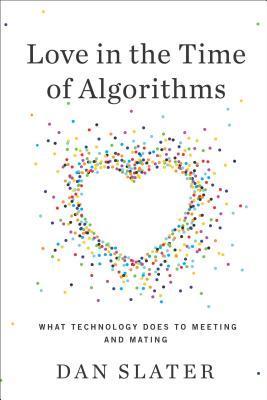What do you think?
Rate this book


272 pages, Hardcover
First published January 24, 2013
... thirty years later online datig would encounter a strong stigma; to "date online" suggested an inability o meet people in real life. But in the sixties, when Jeff Tarr and David Dewan brought the first incarnations of computer dating to college kids, stigma didnt surround the medium as it later would.